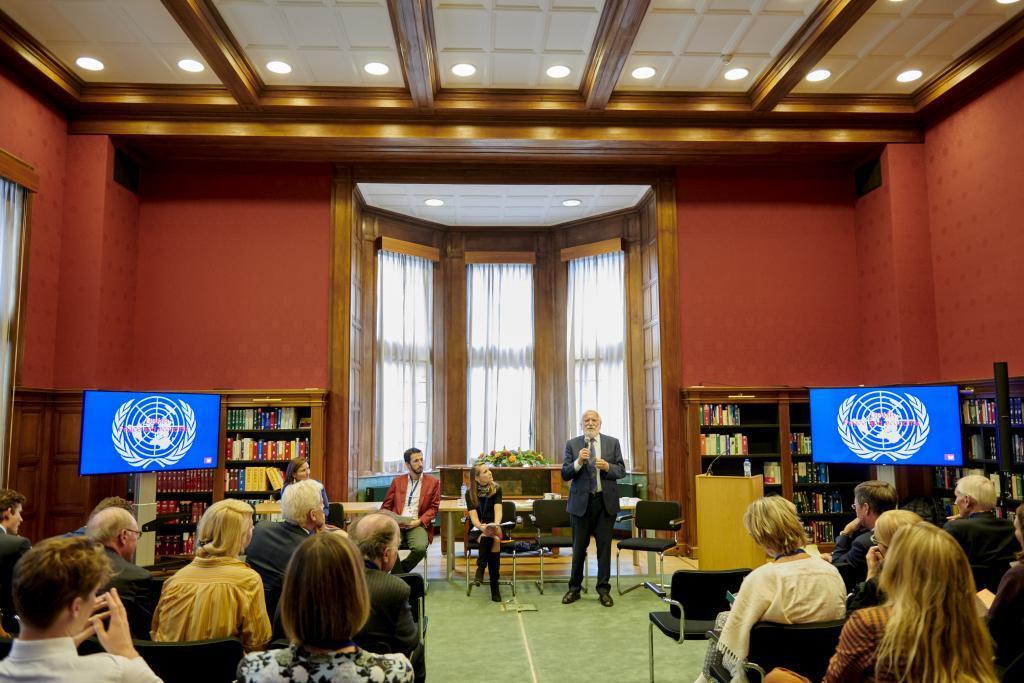
Maikel Kuijpers was invited to join a session on material rights, resource use, and craftsmanship during the Carnegie Peacebuilding Conversations held in The Hague’s Peace Palace in September. Organised by Major Alliance the session brought together a diverse panel to discuss “The Universal Declaration of Material Rights”. Among the members were a Masaai leader and a Rabbi.
Material rights
"The Universal Declaration of Material Rights" is a novel idea published by architects Thomas Rau and Sabine Oberhuber in their book “Material Matters”. They argue that we urgently need to redesign our economic system to a circular economy, in which materials are kept in continuous cycles. To achieve this they advocate for a material passport through which materials are given a registered identity, and a set of fundamental rights for materials. For the simple reason that materials form the very foundation of life on Earth.
Circular economy in the past
Maikel Kuijpers added the time perspective to the panel. “The idea of a circular economy is not as novel as one may believe. Re-use and recycling are common in the past, often out of necessity. The qualities of materials also matter. They guide craftspeople and shape their thinking. Bronze created vastly different opportunities compared to stone and wood because of its inherent qualities. My hypothesis is that different materials created different mentalities. Bronze is a transformative technology, stone a reductive one. Bronze is malleable, stone fractures. Most interestingly for this debate, bronze can be re-melted over and over again. The Bronze Age was to some extent the first large-scale circular economy.”
Heritage & Identity
Maikel is a coordinator of the Heritage & Identity programme of the Centre for Global Heritage and Development. Within this programme it is recognized that material objects play a particular role and are central to problems of heritage use and its social and political implications. Comprehending the agency and materiality of objects, but also architecture, city- and landscapes, seems to be the key to an increased appreciation of authenticity, craftsmanship, and feelings of belonging. Crafting, consuming, and collecting things are all distinct routes of meaning-making. Heritage – in the form of architecture, design, or craft – is a potential instrument to bolster tradition, or social contestation and activism.
